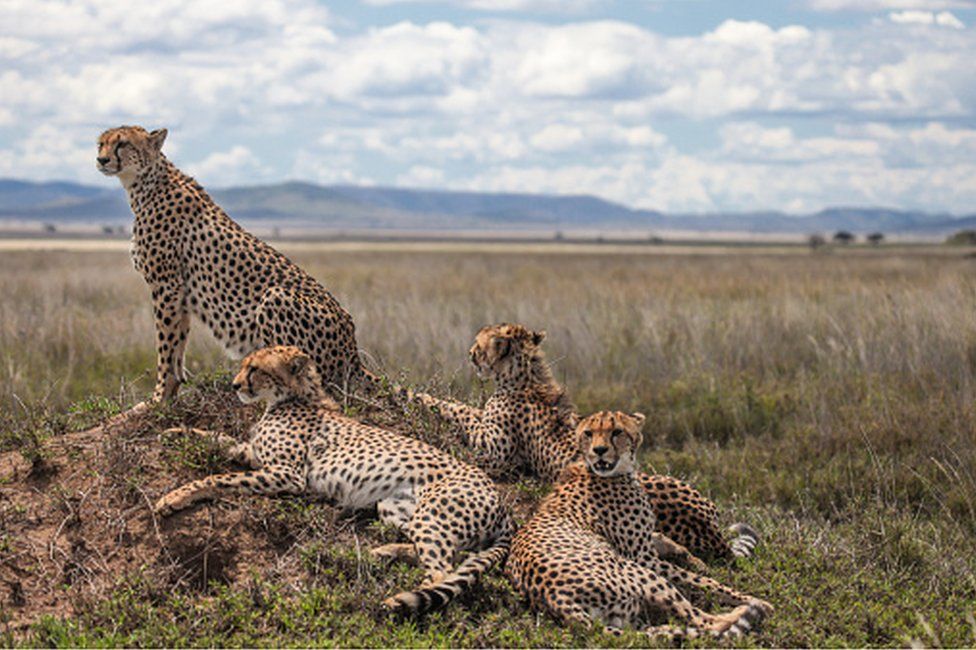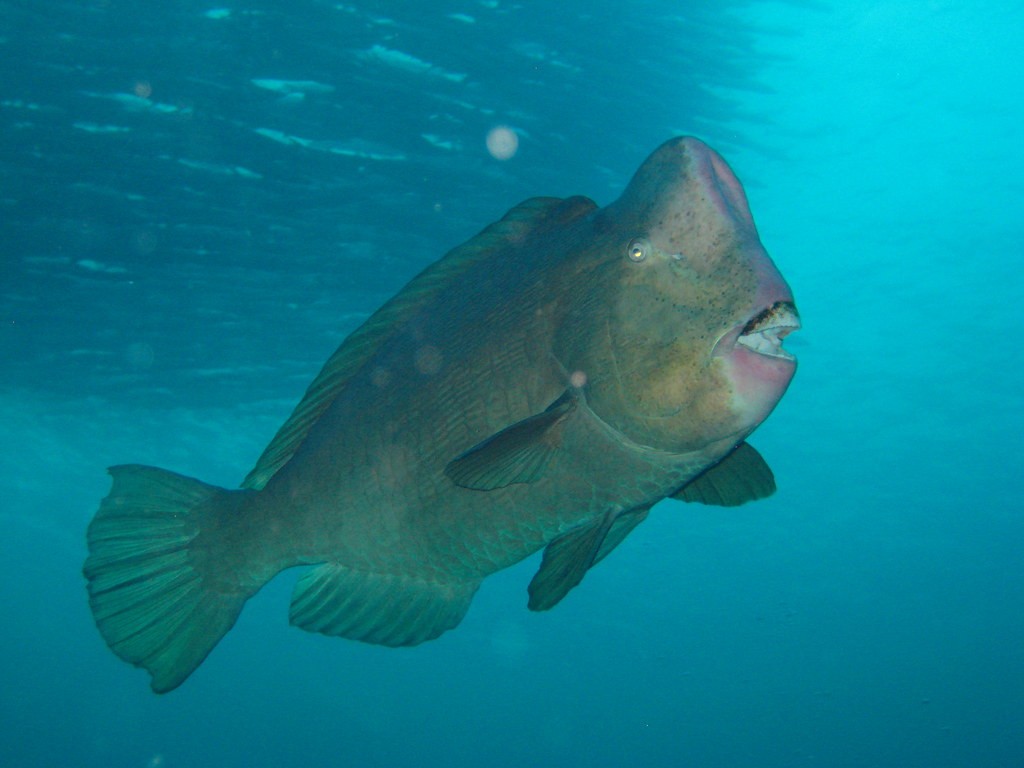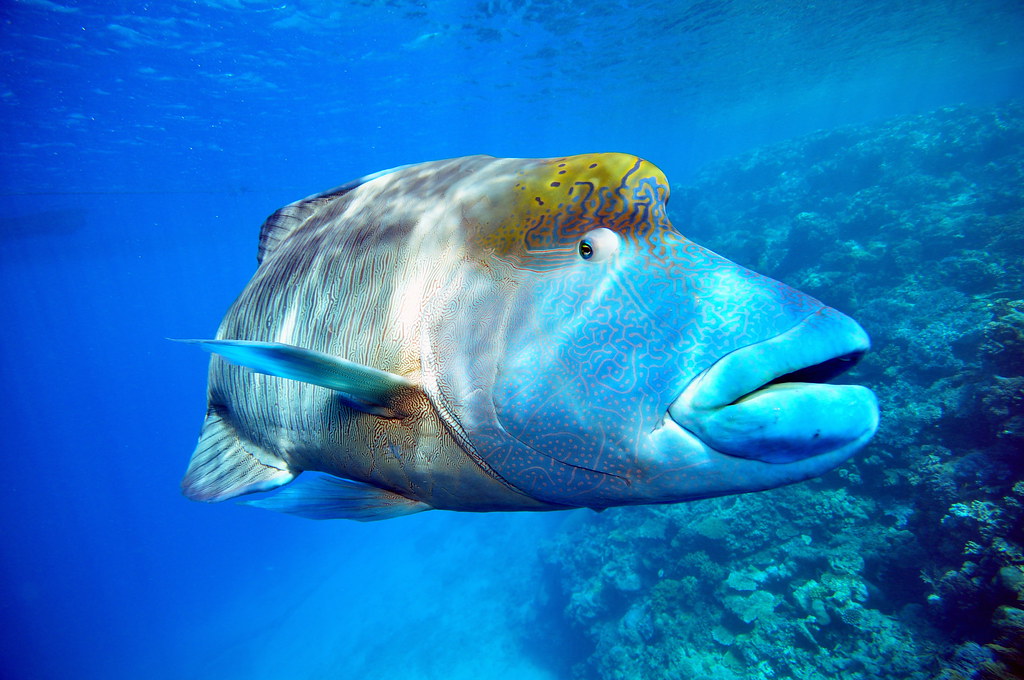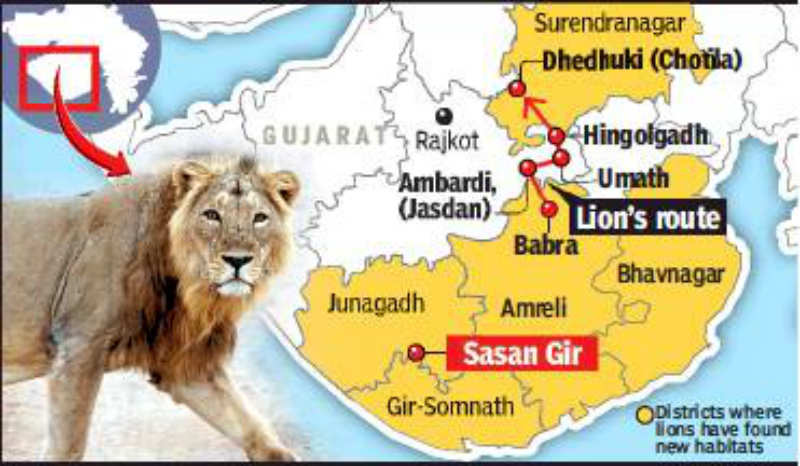I wrote about Silvopasture recently, there is now a trial going on down in Devon. A farmer is now planting huge numbers of trees sparsely across his land. Each row has trees roughly every 6m and each row is roughly 14m apart.
This will produce a patchwork of shade and sun.
Trees being planted are Oak Aspen and Alder – native British species.
Neighbours have suggested that he is mad, and concreting over his land would have the same benefit. Of course common sense would suggest that concreting over the land would leave far less grass than sparsely planted trees but there we are.
5600 trees will be planted across his 165 acre farm. He is taking part in a 12 year trail to see what benefit Silvopasture can have. The expectation is that the environment will benefit, but that there should also be increased productivity for the farmer.
If it can be shown that grazing sheep under sparse woodland increases yield, roughly 63% of agricultural land could have similar treatment. This could amount to hundreds of millions of trees across the country.
Studies elsewhere suggest benefits include reducing flooding increasing drought resilience, improving animal health and weight, as well as boosting biodiversity and sequestering vast quantities of carbon.









